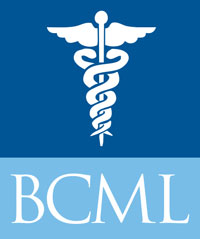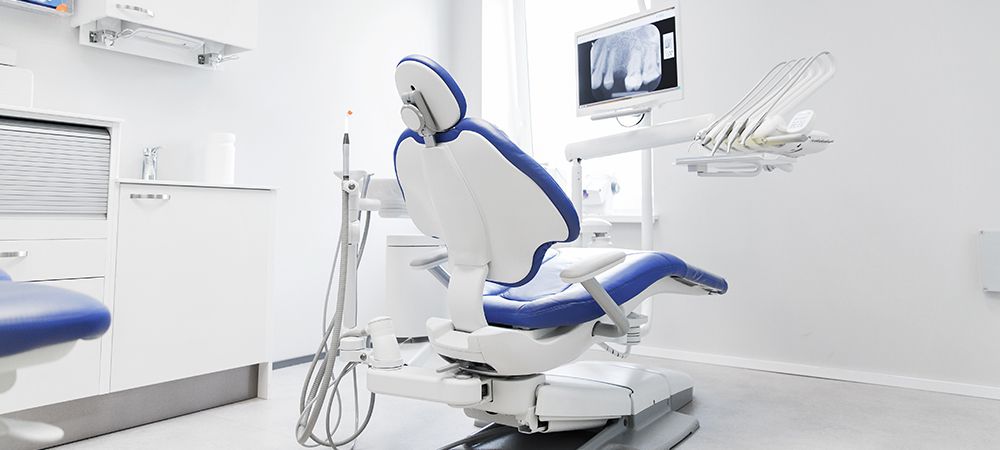A walk-in clinic, as the name implies, provides care without an appointment. You can come in any time during a walk-in clinic’s business hours to receive treatment on a first come, first served basis. In some cases you may be able to make an appointment to reduce the potential for a wait time, but the clinic will also accept walk-ins. Walk-in clinics can include centers for urgent care, retail clinics located inside pharmacies and some community health clinics.
Here we will look at some of the services you can receive at a walk-in clinic, insurance coverage, and when it is appropriate to seek this kind of care versus going to an emergency room.
What services does a walk-in clinic offer?
The services a walk-in clinic provides will differ depending on which kind of walk-in clinic you go to. Let’s look at some common services available at each type of walk-in clinic.
Retail Walk-In Clinic: Retail clinics are often located within pharmacies. They often provide vaccine shots, flu shots and care for common illnesses like strep throat, rashes and sinus infections. They provide fast care typically with minimal wait times. However, they are not equipped for serious emergency situations like major wounds, trauma, head injuries or significant burns. A retail clinic will typically have a nurse practitioner or physician’s assistant on staff.
Urgent Care/Walk-In Clinic: A walk-in clinic located outside of a retail setting provides many of the same services that a retail location would along with additional diagnostic capabilities and care for more serious illness and injury. This type of clinic will offer blood tests, burn treatment, and care for simple bone breaks. Some walk-in clinics may also include dental, cardiology and optometry services. An urgent care will typically have at least one doctor on site along with nurses and physician’s assistants.
Free Clinics/Community Health Centers: The services provided at these types of clinics may vary depending on where you live. Typically they will provide STD testing, blood work and other services similar to what you will find at a retail or urgent care walk-in clinic. If you are unsure of what your local free clinic or community health center provides, check their website or call ahead.
When should you go to a walk-in clinic?
Walk-in clinics are a quick way to receive treatment for many non life threatening conditions. While they do not have as many capabilities as an emergency room, they will often have much lower wait times and can still provide effective diagnostics and care for many patients.
Benefits of a Walk-In Clinic
Walk-in clinics make getting the care you need convenient and affordable. Since their original intent was to provide medical care for underserved communities, these facilities are often faster than going to a primary care physician or emergency room. In the case of retail clinics, you may have one located in your nearest drugstore. For urgent care, most large communities will have several while they may only have one nearby hospital.
Even if you are close to a hospital, you will likely have a shorter wait time at an urgent care than you will at an ER where they are often overloaded with patients with serious injuries. Similarly, you will save time compared to visiting your regular doctor who likely requires an appointment. This can be especially important when you have an injury that is not life-threatening but does require care quickly to ease discomfort. For example, you can receive an antibiotic prescription for strep throat or a sinus infection at an urgent care within minutes versus waiting for an appointment.
Does OHIP Cover the Cost of a Walk-In Clinic Visit?
If you are an Ontario resident and are covered under the Ontario Health Insurance Plan, your walk-in clinic visit will be covered. An exception to this may be if you are prescribed medications at the clinic. Prescription medications are only covered by OHIP when administered in a hospital setting. If you have concerns about prescription costs, discuss this with the medical professional providing care.
When should you go to the ER?
Though a walk-in clinic provides a wide range of services, they are not equipped for many emergency situations. This includes trauma from a car accident, head injuries, complex bone fractures, heart attacks and severe burns.
If you experience any of these, you should either call 911 or head straight to the emergency room. If you are uncertain if the ER or walk-in is correct, consider whether or not you would go to your primary care physician with your injury or illness. If you would, then a walk-in is the best choice. Alternatively, you can call the walk-in clinic to ask what they recommend. Do this instead of calling or going to the ER when you are unsure. Going to the ER when you have an injury that could be cared for at a walk-in clinic, will likely cost you and the ER staff more time than necessary.
Additionally, you may need to seek ER care if your injury or illness occurs late at night or in the early morning. Retail clinics and urgent care facilities typically close no later than 10 pm and many close much earlier especially on weekends.
Conclusion
Both retail walk-in clinics and urgent care facilities offer a wide range of medical care and diagnostic services. Knowing when to go to one of these clinics can save you from waiting for an appointment with your primary care physician or spending hours in the ER. If you are experiencing symptoms of an illness or injury that are not immediately life-threatening, consider a walk-in clinic for treatment.
Conveniently located in the heart of Toronto, BCML Walk-In Clinic provides urgent care along with dental, optometry and cardiovascular services to the community. To reach our caring physicians, contact us at 416-929-1900.


